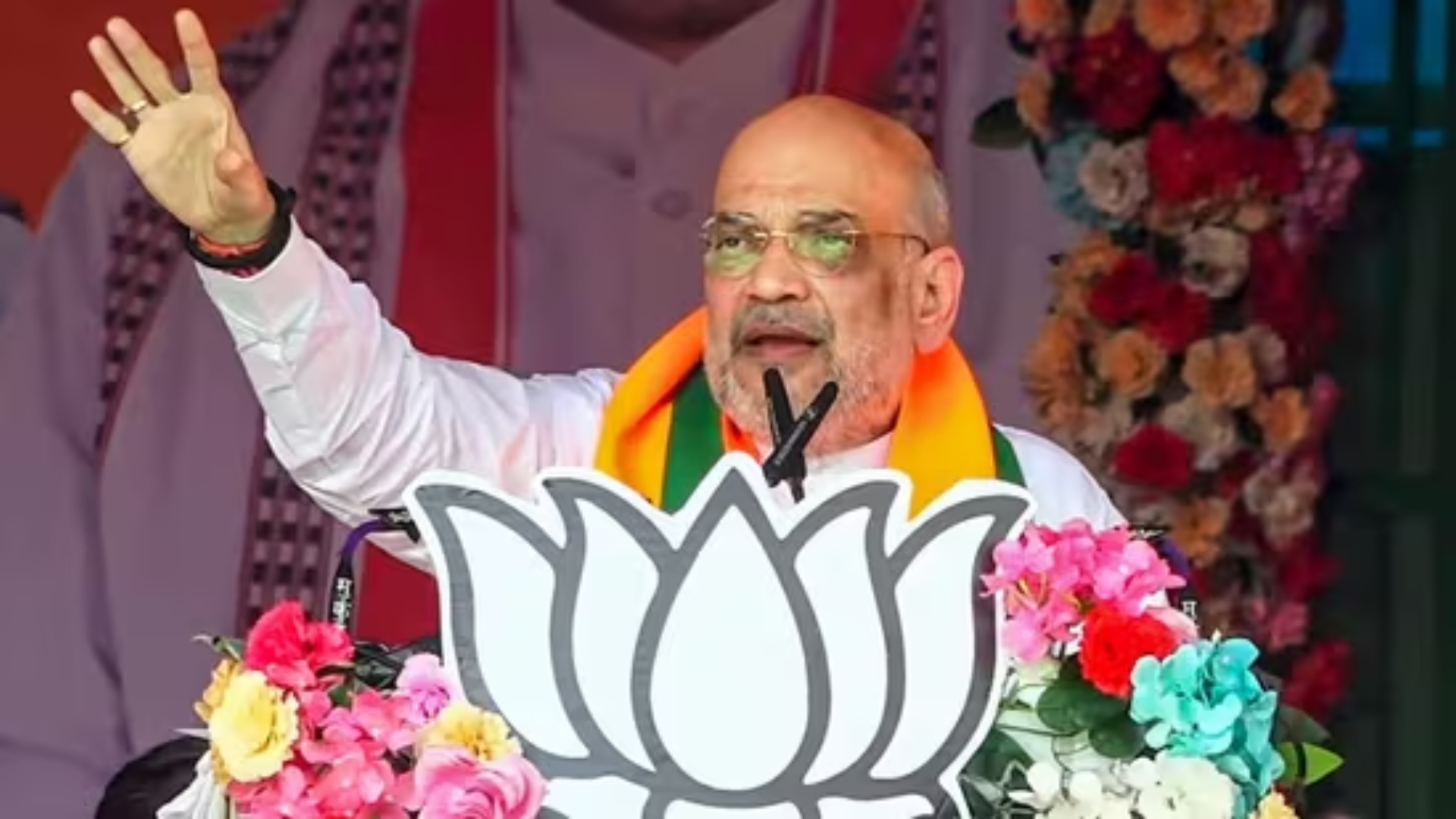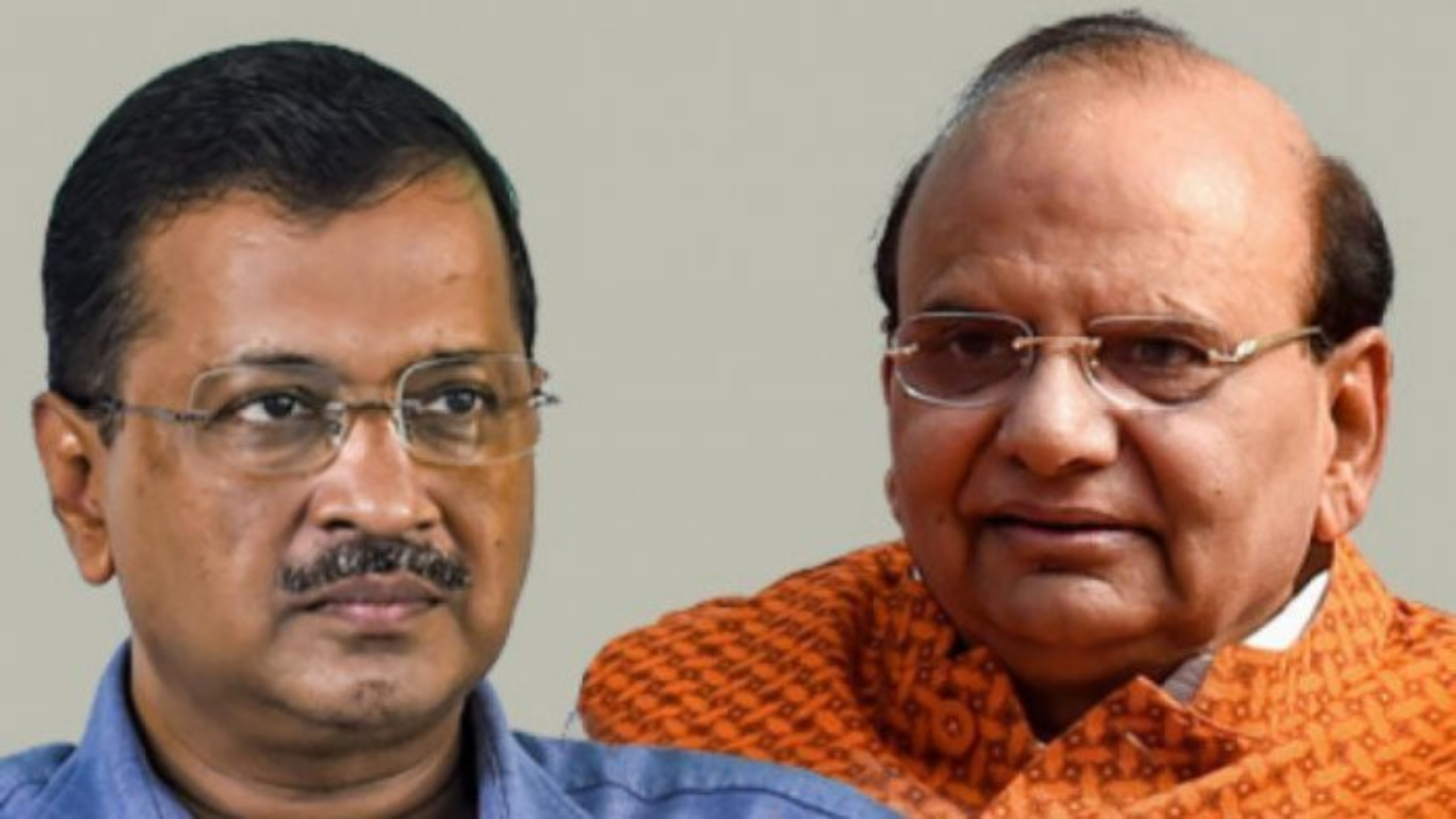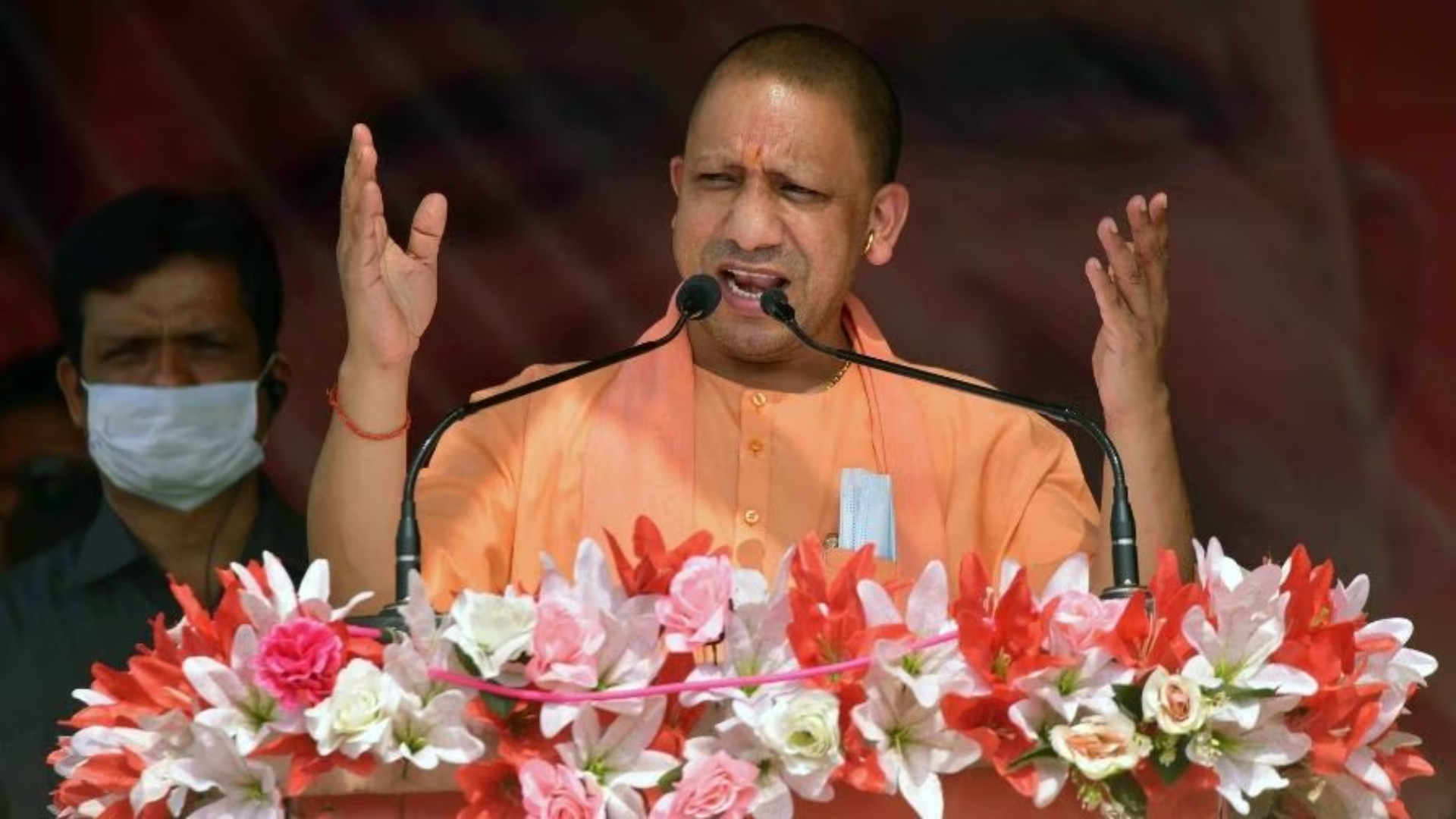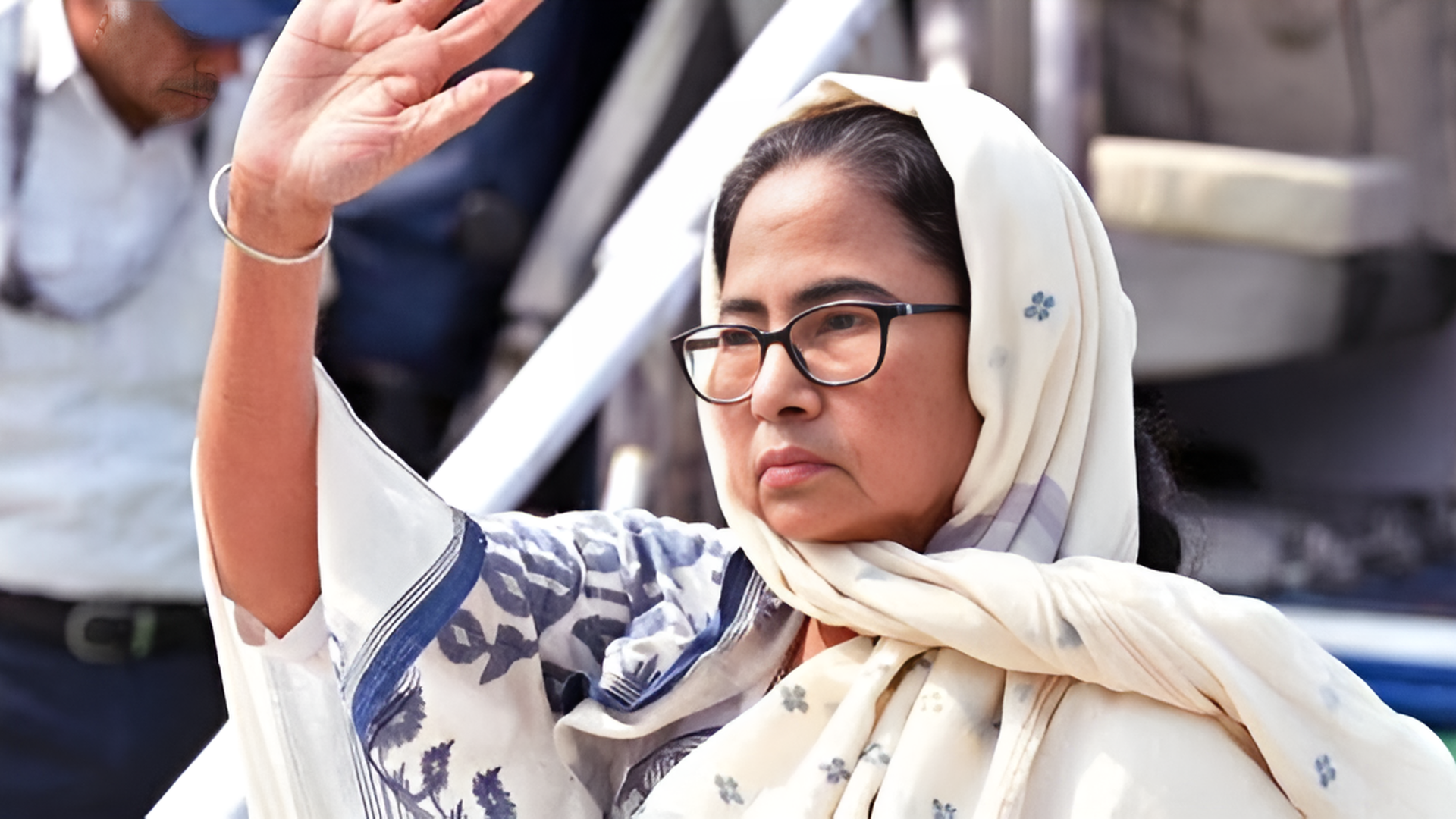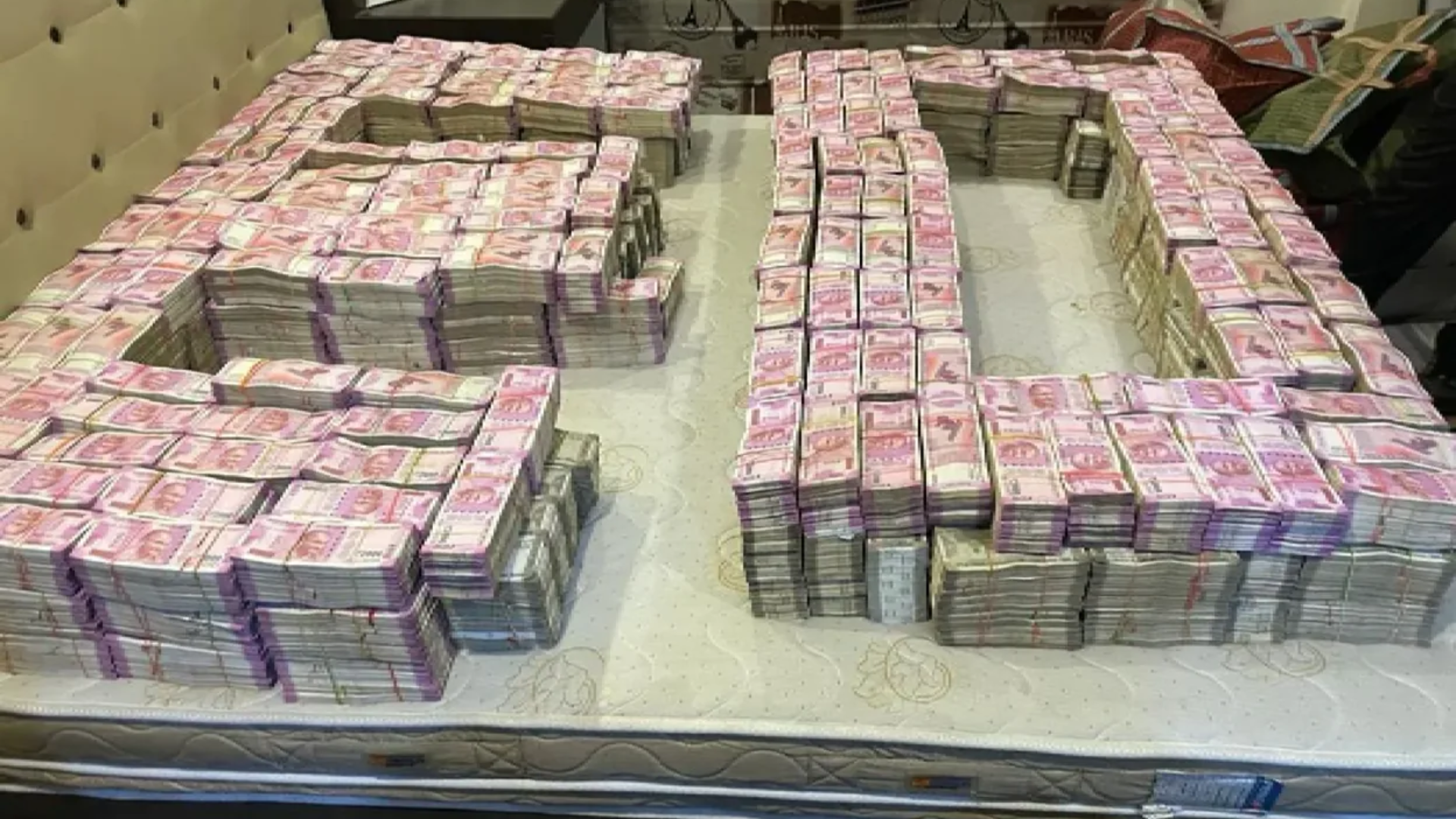


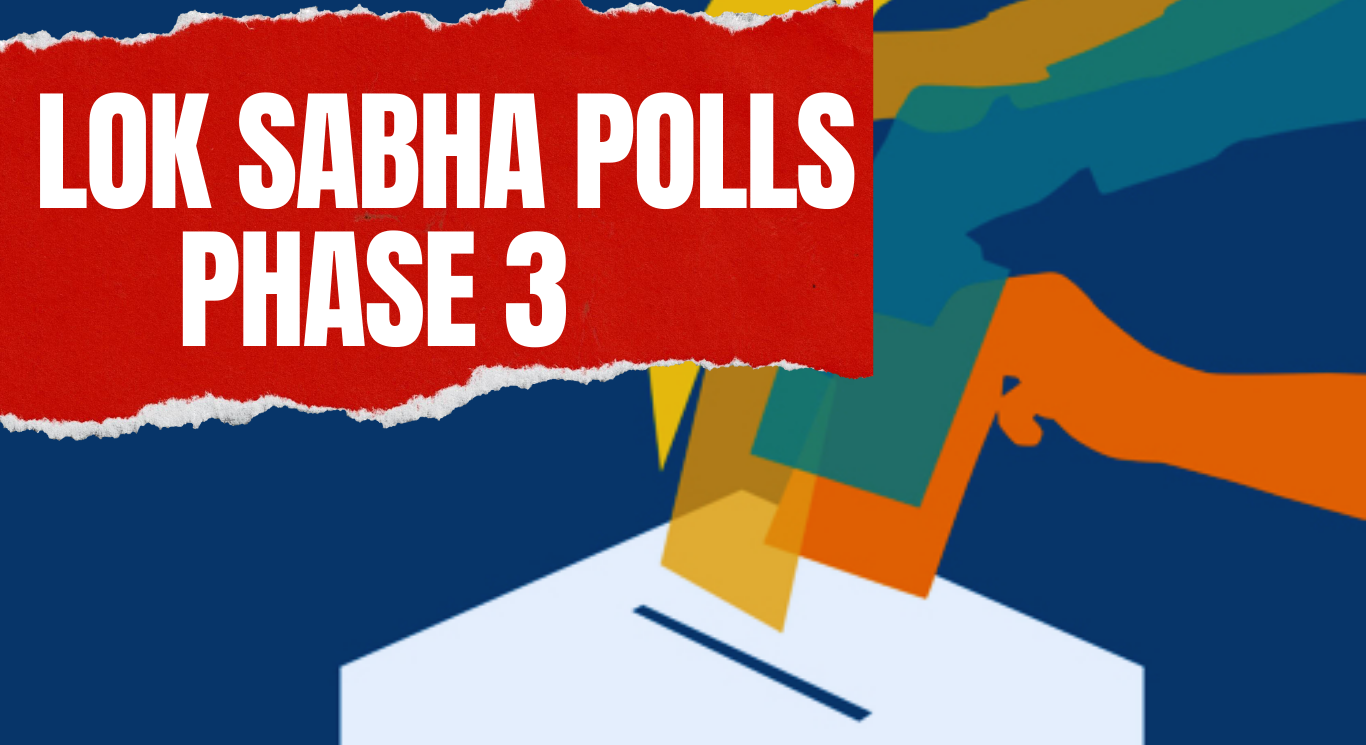
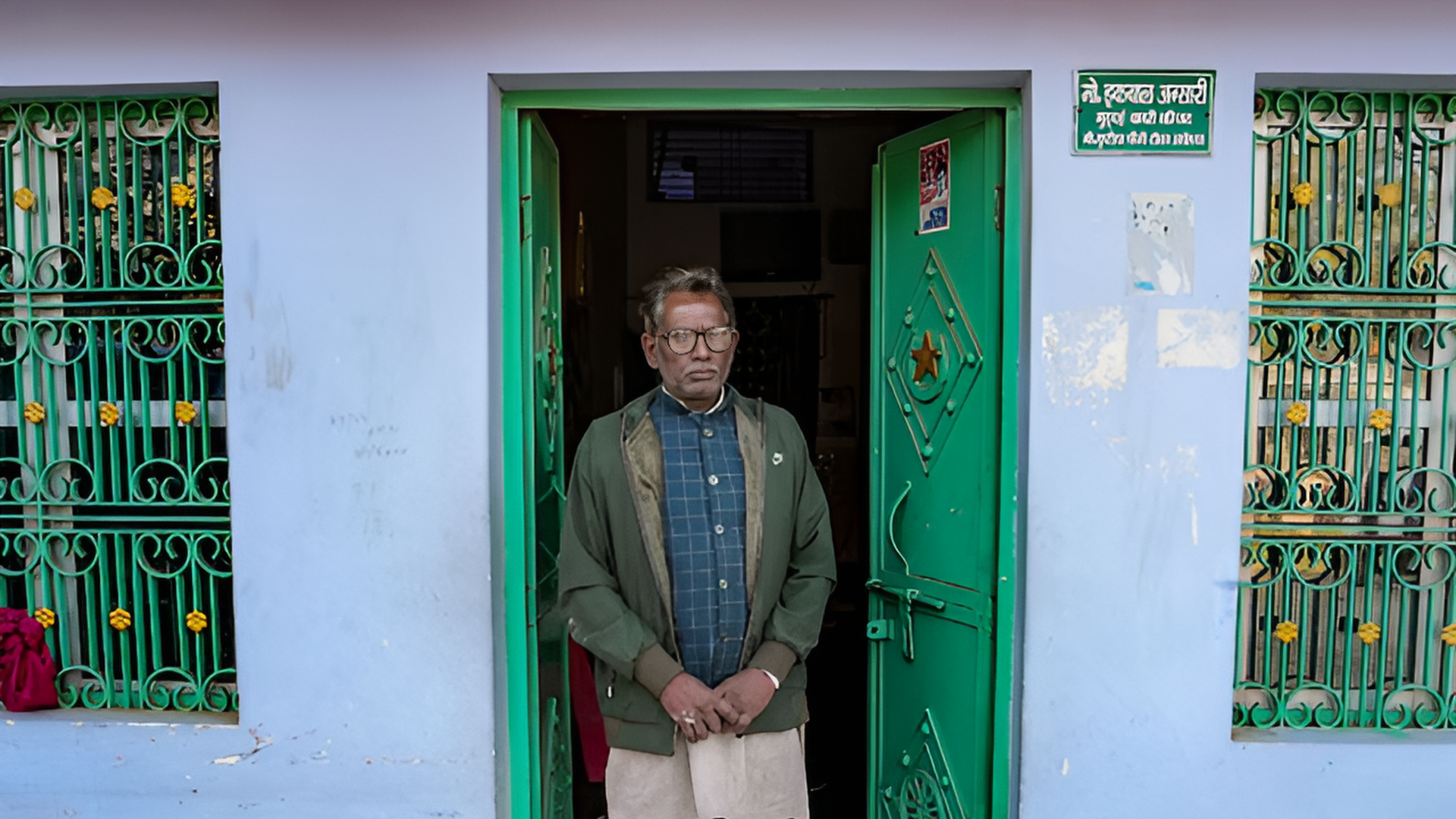

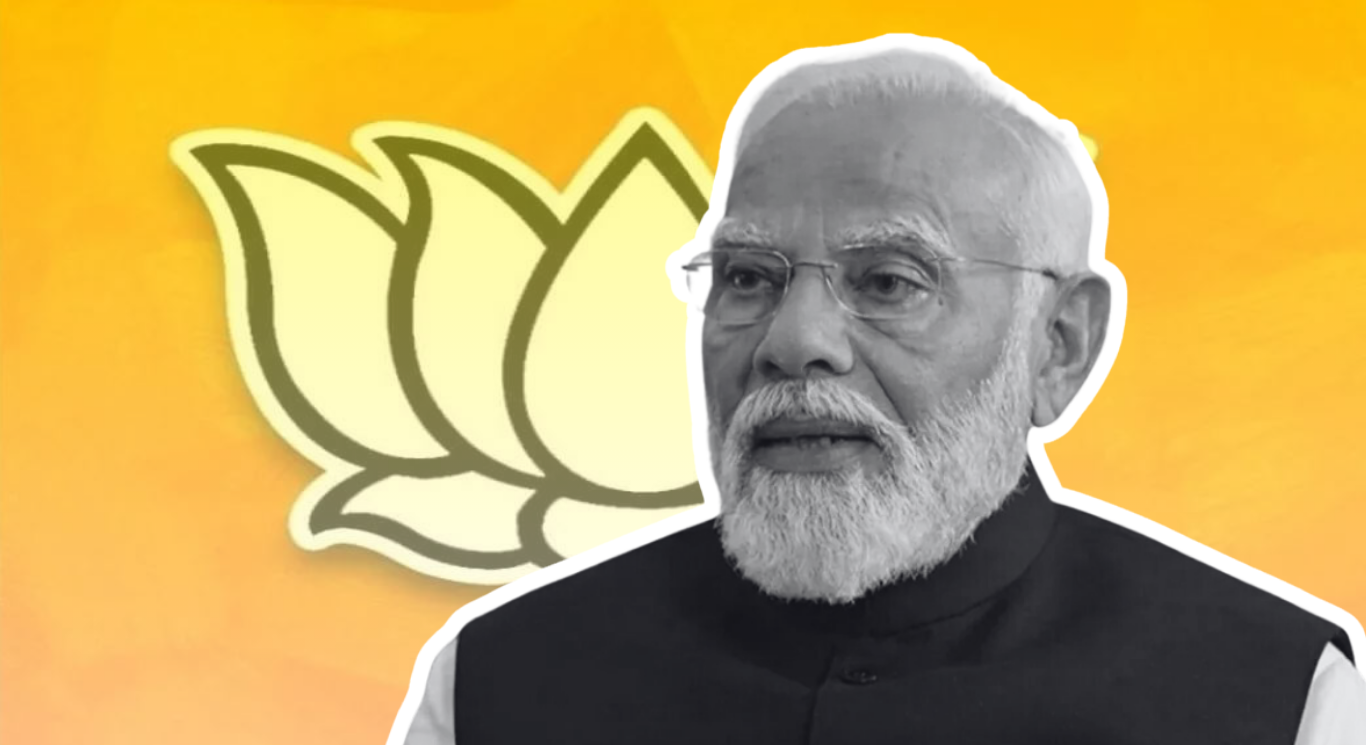
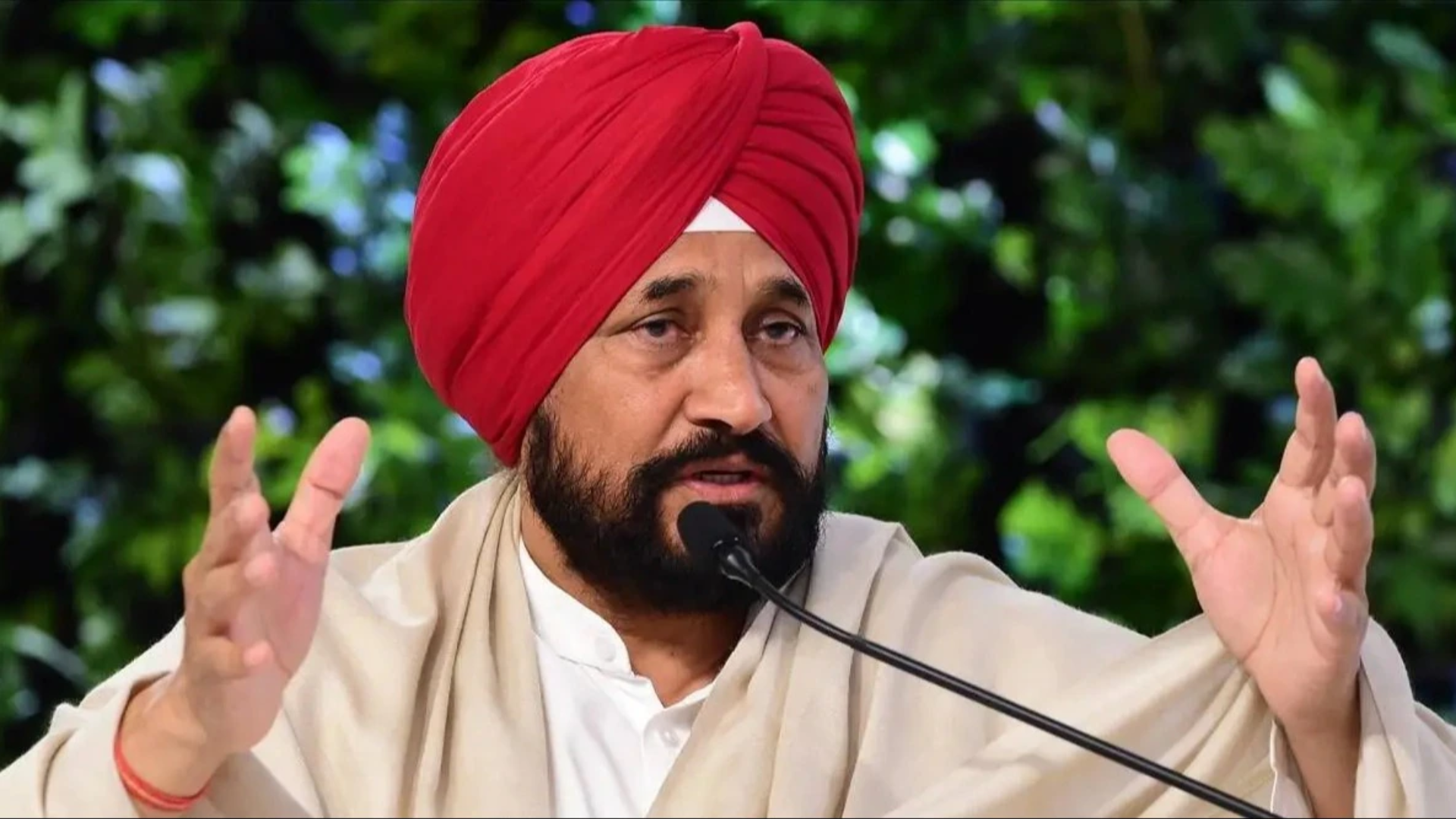
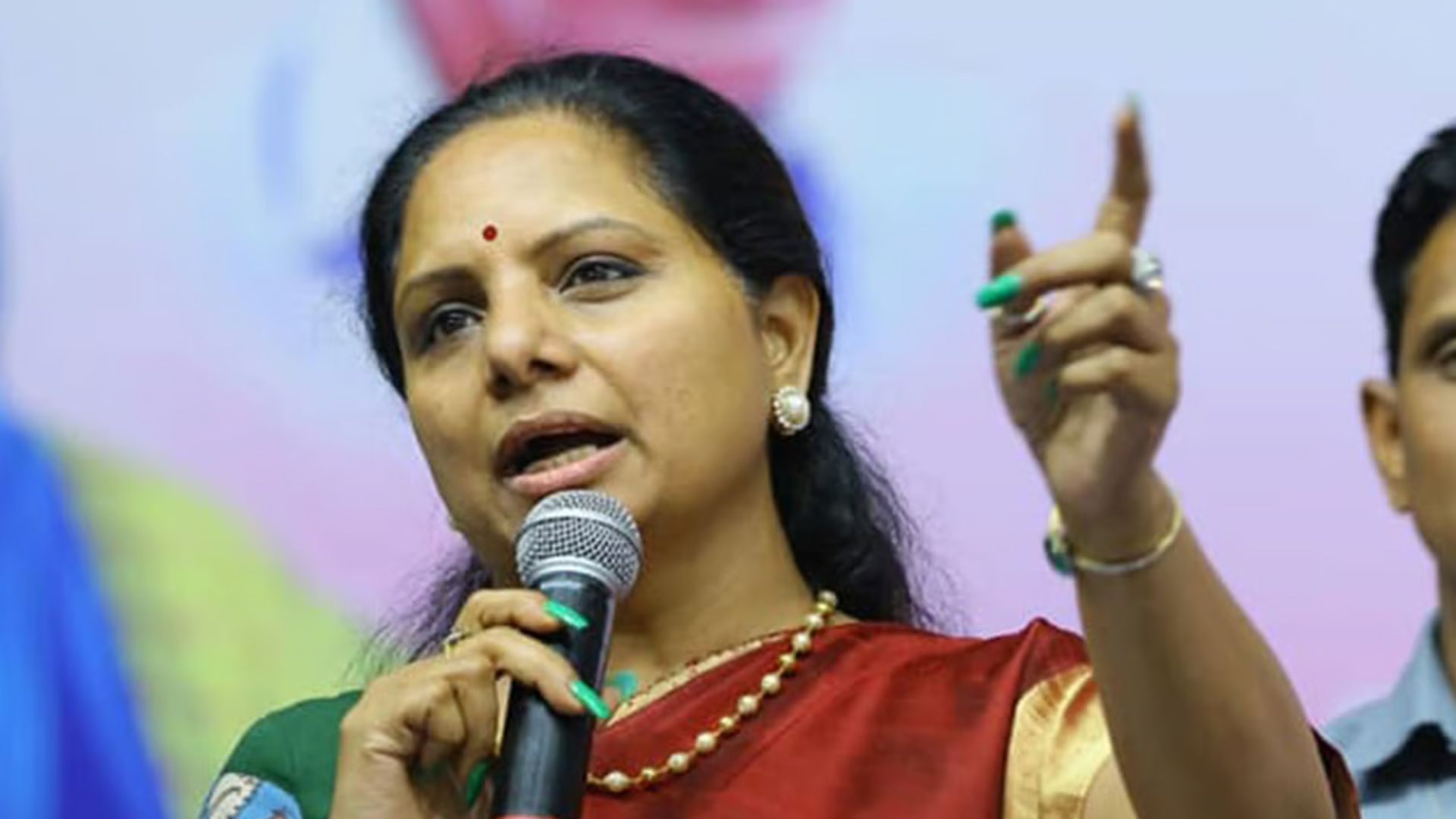
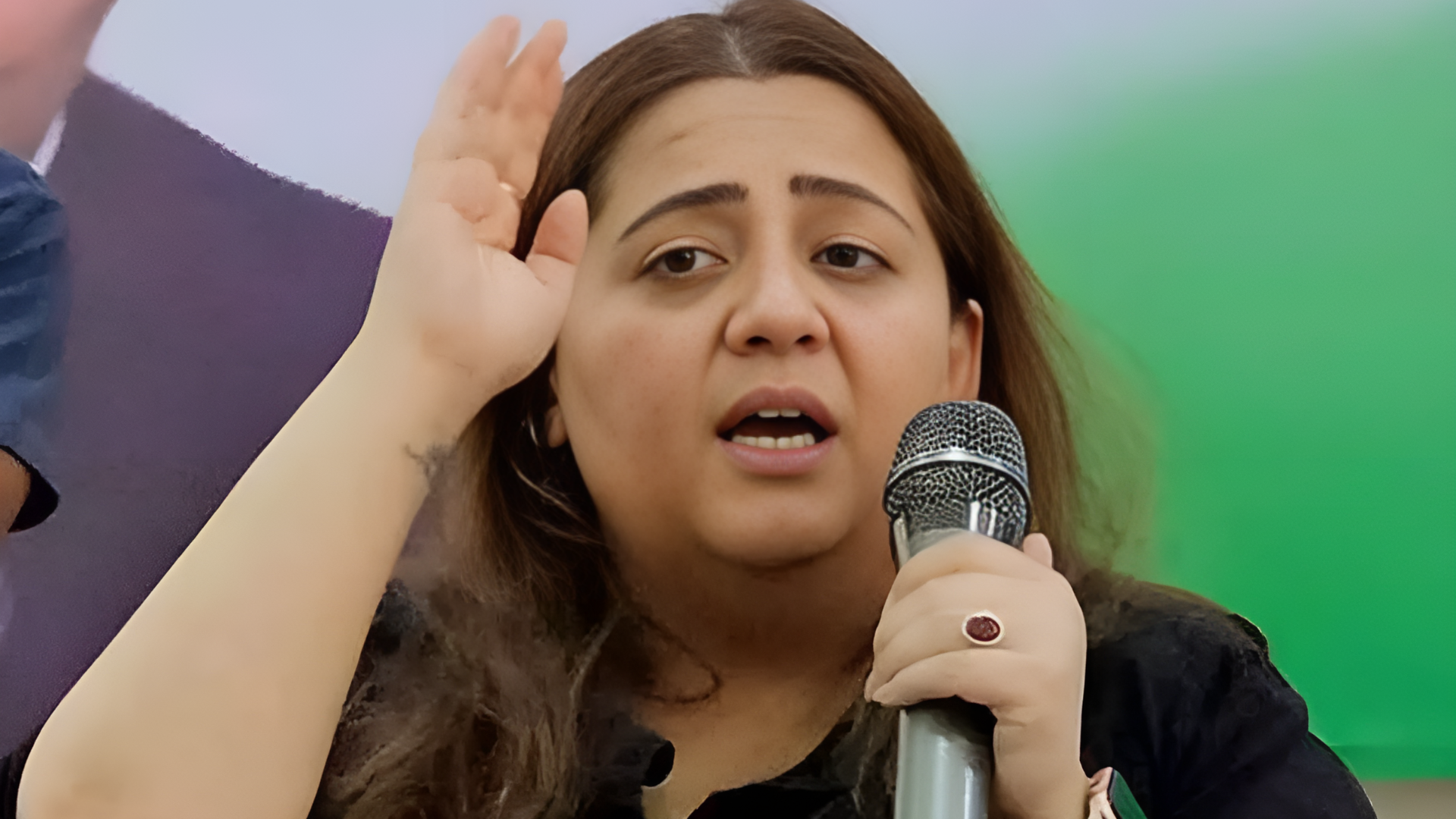
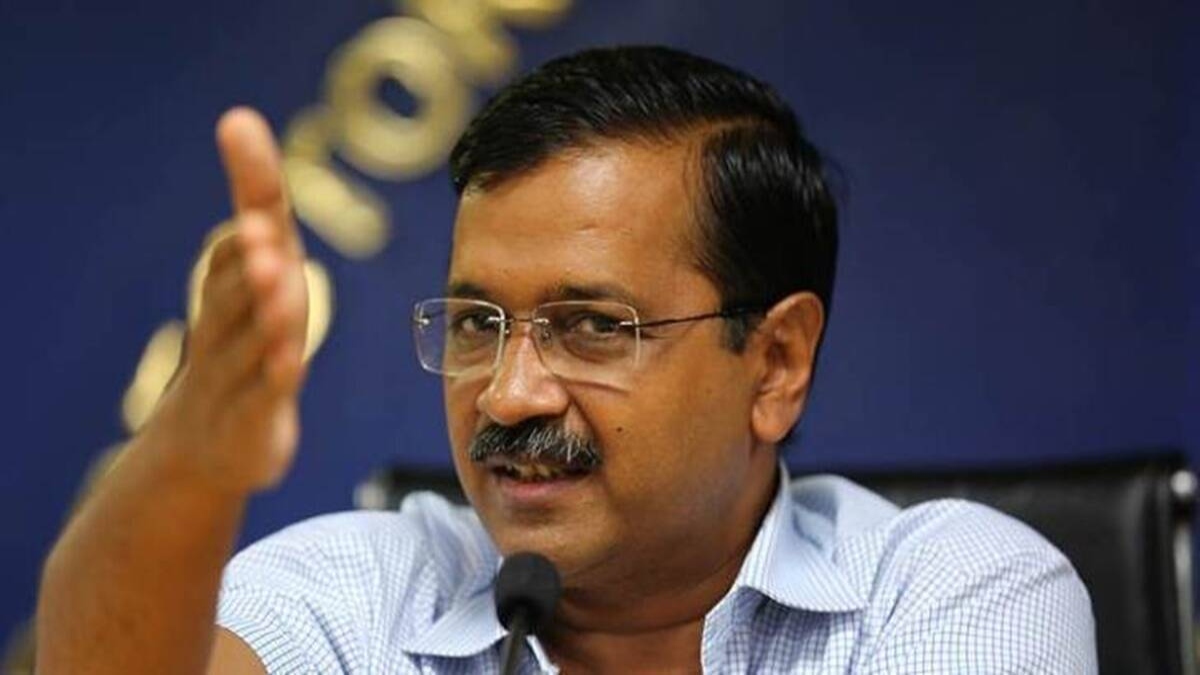
On the occasion of the presentation of the Delhi Budget for fiscal 2023-24 on Wednesday, Chief Minister Arvind Kejriwal stated that the national capital is expected to develop at a pace of 9%, higher than the country’s predicted growth rate of 7%.
Addressing a press conference after the presentation of the Budget on Wednesday, the Delhi CM said, “This year’s budget focuses on clean, beautiful, and modern Delhi. The budget has given a huge infrastructure push, with a total outlay of about Rs 21,000 crores towards this sector. Delhi’s GSDP in fiscal 2022-23 is likely to be 9.18 percent, significantly higher than the estimated national growth rate of 7.0 percent.”
Yesterday, Delhi Finance Minister Kailash Gahlot submitted a Budget for the fiscal year 2023-24 valued at Rs 78,800 crores. The overall budgetary spending is twice as much as the Rs 30,940 crore spent in 2014-15, and 8.69% more than the revised forecasts for 2022-23. Arvind Kejriwal, the Chief Minister, has promised that the three landfills in Okhla, Bhalaswa, and Ghazipur will be removed by 2024.
“Delhi Government to join hands with MCD and provide financial assistance to get rid of Delhi’s three garbage mountains of shame in next two years – Okhla landfill by December 2023, Bhalaswa landfill by March 2024, and Ghazipur landfill by December 2024,” the Budget Document said.
The planned estimate of Rs 78,800 crore for 2023-24 includes Rs 56,983 crore for revenue expenditure and Rs 21,817 crore for capital expenditure. Significantly, the percentage of capital spending as part of the overall budget has been enhanced by 27.68 percent in this year’s budget. The estimated capital expenditure of Rs 21,817 crore is over three times the 2014-15 capital outlay of Rs 7,430 crore.
In this budget, the Arvind Kejriwal-led administration wants to launch what it claims is the most ambitious and comprehensive plan in Delhi’s history to convert it into a ‘clean, beautiful, and contemporary city’.
The ambitious theme proposes nine key initiatives.
With a 10-year anticipated investment of about Rs 20,000 crore, Delhi intends to upgrade and beautify 1,400 km of the entire PWD road network – the largest such undertaking in Delhi’s history. The Budget paper claimed a total of 28 flyovers were constructed in the previous eight years, and the development of another 26 additional flyovers is underway. They include the Barapullah Phase 3 flypast from Sarai Kale Khan to Mayur Vihar and the Najafgarh Phirni elevated road.
In conjunction with DMRC, it would build three double-decker flyovers from Bhajanpura to Yamuna Vihar, Azadpur to Rani Jhansi junctions, and Saket to Pul Prahaladpur. The bottom deck of these double-decker flyovers will be used for vehicles, while the upper deck will be used for Metro rail.
The Budget intends to introduce 1,600 new zero-emission electric buses next year, as part of a major plan to introduce 8,280 electric buses (80 percent of the entire fleet) by 2025, with a financial investment of Rs 28,500 crore spread over 12 years.
First, a specialised last-mile connection program known as the “mohalla bus’ scheme will be started in Delhi next year with 100 smaller (nine-meter-long) electric buses, with a goal of increasing to 2,180 ‘mohalla buses’ by 2025. In addition, all 57 existing bus depots in Delhi will be electrified so that they are ready for the introduction of electric buses. The cost is anticipated to be over Rs 1,500 crore.
Three contemporary Inter-State Bus Terminals (ISBTs) with airport-like amenities will be built at Sarai Kale Khan, Anand Vihar, and Dwarka to modernise transportation infrastructure. “Bus Ports” will be the name given to these locations.
In addition, two multi-level bus depots with up to six levels of parking, two contemporary bus terminals, and nine additional bus depots will be built. In addition, 1,400 new and contemporary bus wait-for shelters with digital screens and sophisticated Passenger Information Systems (PIS) that display bus arrival times would be built in Delhi.
Six-point action plan for a Clean Yamuna
The Delhi government stated in the Budget that it will swiftly expand the sewage network’s reach to all colonies and clusters. The overall number of illegal colonies connected to the sewage network will nearly quadruple next year, from 747 to 1,317 colonies. The inhabitants of Delhi will continue to get the advantage of free residential sewer connections.
Health and education
Education and health are anticipated to continue to have the greatest allocation during 2023-24. Education receives Rs 16,575 crore (21%) while health receives Rs 9,742 crore (12 percent). The budget intends to supply new tablets to all Delhi government school teachers (regular, guest, and contractual), vice principals, principals, and DDEs.
Major proposals under the Health department
The number of free tests available at Mohalla Clinics will be raised from 250 to 450. “New Aam Aadmi Mohalla Clinics to come up at Metro stations. A number of Mahila Mohalla Clinics to expand from 4 to 100 in the coming year,” it said.
In terms of GDP size, the study stated that the Advance Estimate of GSDP of Delhi at current prices for 2022-23 is anticipated to reach Rs 1,043,759 crore, representing a 15.38 percent increase over 2021-22. The successful mass immunisation push in Delhi has brought the economy closer to normalcy, rekindling prospects of a solid rebound in the services sector, consumption, and investment.
In terms of the Outcome Budget 2022-23, it encompassed 23 major departments, under which important initiatives and schemes were designated, as well as key output and progress metrics for each of them.
“Our government is the first to start the outcome budget. We keep our report card in front of the public and we track each flagship scheme through two indicators, the Output Indicator and the Outcome Indicator,” Delhi NCT finance minister Kailash Gahlot had said.


